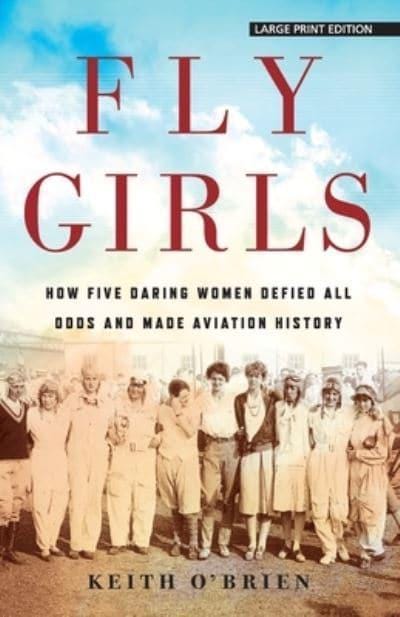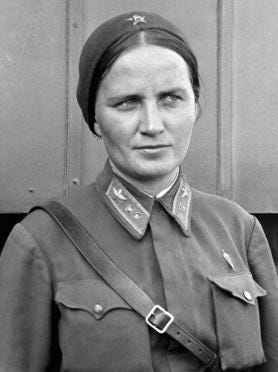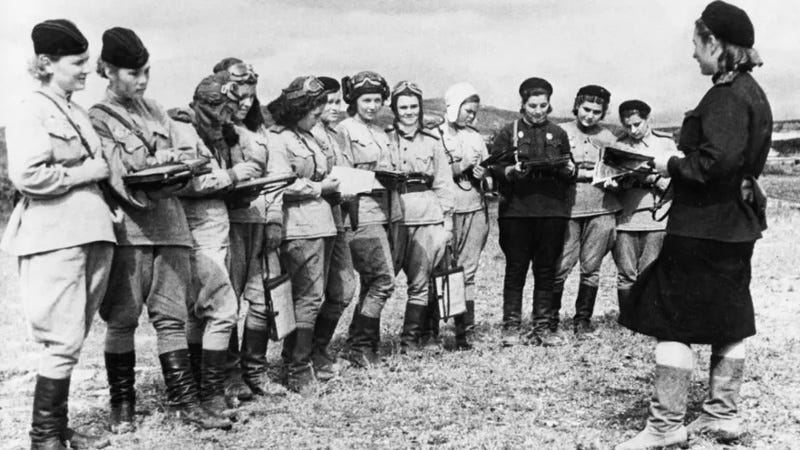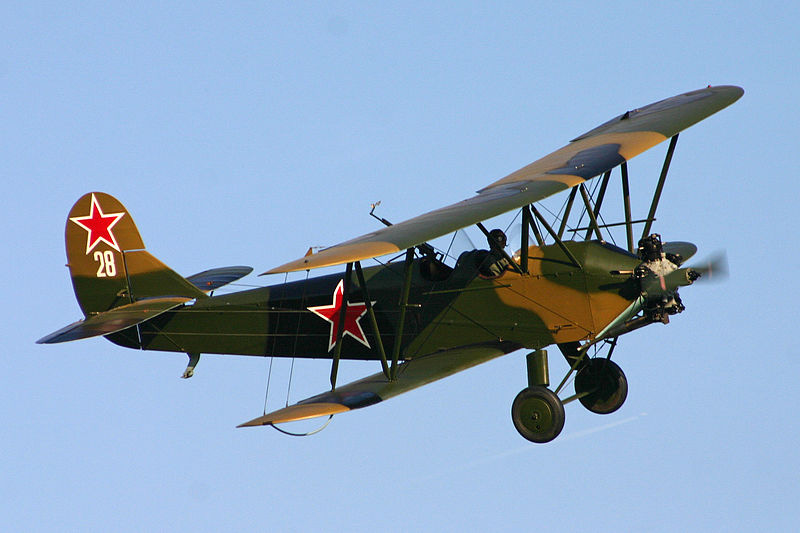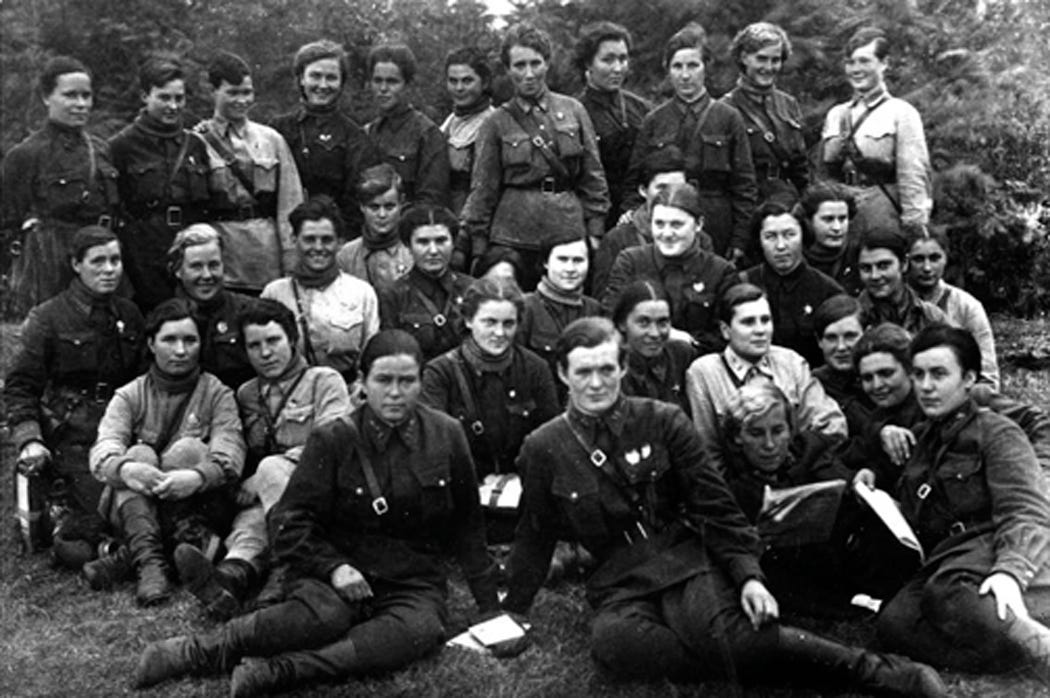Recently, I read the most fascinating book about the first women aviators in the US. It’s called ‘Fly Girls’ - and I (literally) couldn’t put it down.
While I’d heard of Amelia Earhart, I’d never known about the other (arguably more skilled) women who were part of US aviation history.
I was telling my friend George about this book (because he is about as erudite as they come), and he asked if I had ever heard of the Night Witches.
I hadn’t.
But, naturally, I was curious.
Here’s what I learned…
The story of the Night Witches begins with a woman named Marina Raskova.
While Americans had Amelia Earhart, the Soviets had Marina Raskova.
Raskova was the most famous aviatrix in Russia during the 1930s. In 1938, she became the first woman to be awarded the Hero of the Soviet Union medal, and she was also the first female navigator in the Soviet Air Force.
And as World War II raged on, Marina Raskova had an idea.
She had been receiving letters from women across the Soviet Union. Women had lost their brothers, their sweethearts, and seen their villages and homes destroyed – and they wanted to help their country.
They wanted to be gunners and pilots.
Although women were effectively barred from combat at that time, Raskova used her fame and influence to lobby for them – even petitioning Joseph Stalin to let her form an all-female fighting squadron.
And in October 1941, with the Nazi Army advancing in the Soviet Union, Raskova received orders to establish a trio of all-female air squads.
The women who joined these squads faced many obstacles – from skepticism and sexism on the ground to grueling conditions and perilous missions in the sky.
But despite these obstacles, one of these squads – The 588th Night Bomber Regiment – became the most highly decorated unit in the Soviet Air Force.
The women of the 588th began their training in 1942. They were young (ranging in age from 17 to 26) – but eager to learn. Everyone in the squad was female, from the pilots to the mechanics.
The military wasn’t prepared for women pilots, and gave them meagre resources. While male pilots were given radar, guns, and radios, the women had to make do with rudimentary tools such as rulers, pencils, and compasses. They were issued hand-me-down uniforms (made for bulkier male soldiers) and ill-fitting boots.
And their uniforms weren’t the only things that were old.
The women had to fly Polikarpov P0-2 aircraft – two-seated, open cockpit biplanes that were designed for crop-dusting, not combat.
Even in 1942, these planes were obsolete.
Made from plywood with canvas stretched over them, the aircraft provided little protection for the women who would fly them – and would ignite instantly if hit by tracer bullets.
Their light planes couldn’t hold much either – only two bombs at a time. The weight of the bombs meant the women had to fly at lower altitudes, making them much easier targets for the Germans.
Their greatest protection was the cover of night, but even then they were exposed to both enemy fire and freezing temperatures.
“When the wind was strong it would toss the plane,” said Nadezhda Popova, one of the most celebrated pilots of the 588th.
“In winter, when you'd look out to see your target better, you got frostbite. Our feet froze in our boots, but we carried on flying.”
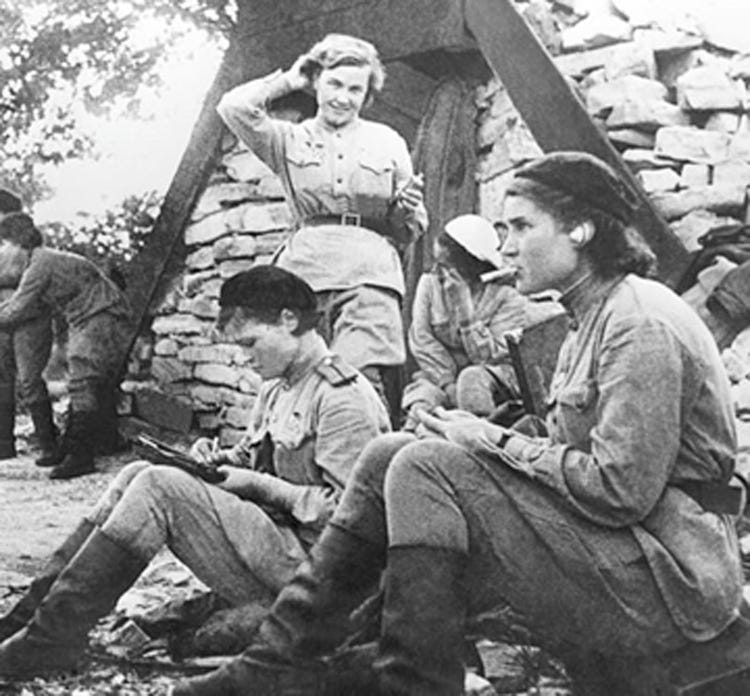
As soon as night fell, the women would take to the skies.
Three planes would leave simultaneously. Two would draw the searchlights and gunfire while the third plane dropped the bombs.
The pilots would kill their engines when they got near their target, gliding over it making a light ‘whooshing’ noise that resembled the sound of a sweeping broom.
That led to German soldiers referring to them as ‘Nachthexen’ or ‘Night Witches.’
As soon as the pilots completed their run, they’d land at their temporary base to refuel, take on two more bombs, and return to the sky, completing as many as 18 runs in a single night.
The women of the 588th were tremendously effective – and both feared and hated by the enemy. In fact, any German airman who downed one was automatically awarded the prestigious Iron Cross medal.
The Germans credited the Night Witches’ success to pills and treatments that gave them special night vision powers.
“That was nonsense, of course,” said Popova.
“What we did have were clever, educated, very talented girls.”
The Night Witches warmly adopted the moniker the Germans gave them. They embraced who they were as fighters, and who they were as women, following 12 commandments set out by Marina Raskova.
The first was: “Be proud you are a woman.”
The Night Witches were tough, disciplined fighters in the sky, but in their downtime did needlework, danced, and decorated their planes. They even used their navigation pencils as eyeliner and lipstick.
By the end of the war, they had flown in 30,000 bombing raids, and dropped 23,000 tons of bombs on Nazi targets.
They are credited with damaging or destroying 17 river crossings, 9 railways, 2 railway stations, 26 warehouses, 12 fuel depots, 176 armored cars, 86 prepared firing positions, and 11 searchlights. They also made 155 supply drops of food and ammunition to Soviet forces.
They lost 30 pilots during the war, and 23 pilots were awarded the title of Hero of the Soviet Union. Raskova died on the front line January 4, 1943, and was given the first state funeral of World War II, and her ashes were buried in the Kremlin.
Despite being the most highly decorated unit in the Soviet Air Force during the war, many in the Soviet military failed to give the women the respect and credit they earned.
The Night Witches regiment was disbanded six months after the end of World War II.
They weren’t even included in the victory-day parade in Moscow because, it was decided, their planes were too slow.
Recent Work and Writing
A Crucial Communication Reminder from a Quarterback, Duchess, and a CEO— They all made the same mistake - and it will cost them.
The Big Juicy Creative Podcast Interview — I had a great time speaking with Suzy Bashford about the benefits of creativity and communication skills. And yes, I do love handwritten thank you letters. Good manners never go out of style.
Scottie Pippen Needs a Hug — Scottie Pippen is spilling the tea on Michael Jordan and the Bulls in his new book. But will it get him what he wants?
Dear HR, My Sex Life Is Not Your Business — It’s 2021, so why are HR leaders and managers still asking employees these questions?
Why Does The Media Do This to Kate Middleton? — I don’t care what Kate Middleton looks like - so why is that the focus of the news story?
How Can I Help?
Need help improving your public speaking or storytelling skills?
Want to help your team come up with more creative ideas so they can solve problems and innovate?
Or tired of so many misunderstandings and wasted time due to poor writing and poor communication?
Get in touch to find out about my communication and creative problem-solving programs for leaders and teams.
And if you know someone needs help with team or personal development, please get in touch and check out my website for more information.
Keep Smiling - and Stay Curious!
-Beth




